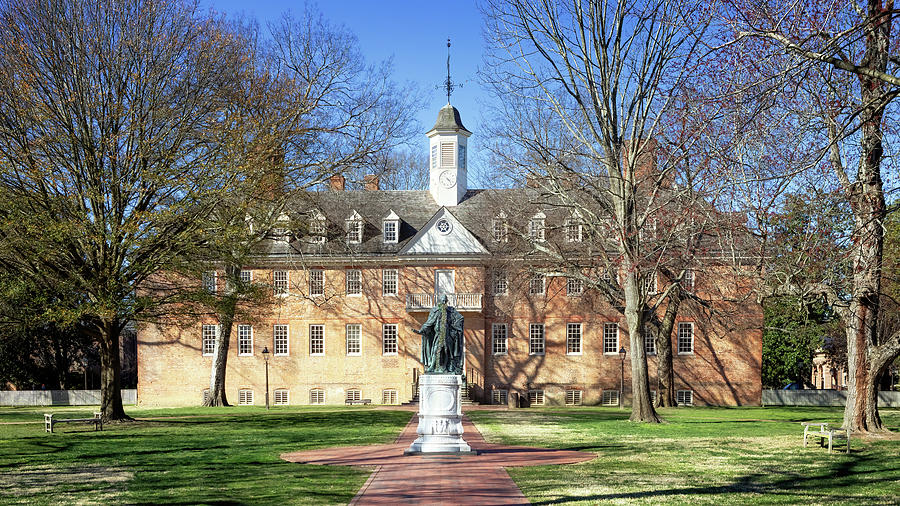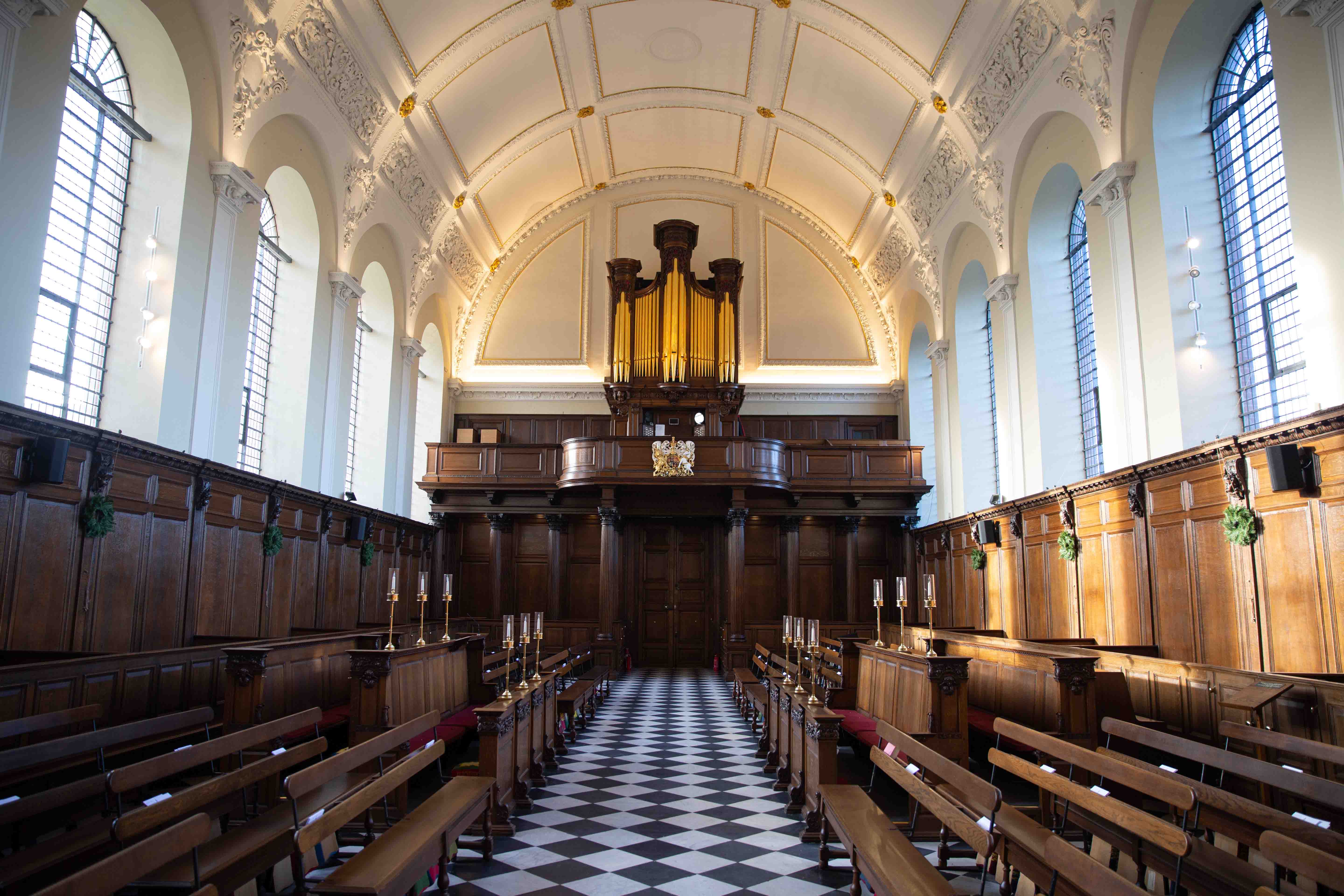

In 1691 the Reverend James Blair, the commissary – or representative – of the Church of England in Virginia, was sent to London by the General Assembly to secure a charter for a college.

The Indian uprising of 1622 and the revocation of the Virginia Company charter in 1624 caused this initial attempt to be abandoned. Interest in founding a college in Virginia was expressed as early as 1619, when the Virginia Company of London undertook to establish a "university" at Henrico on the James River about twelve miles below the present city of Richmond. The major components of the project were restoration of the architectural features such as floors and paneling replacement of mechanical systems safety upgrades and repair and stabilization of the walls and foundation. To prepare the Wren Building for its fourth century of use, the university completed a comprehensive renewal and replacement project in 1999-2000. Classes are still held in the Wren Building, which also is home to several faculty offices. Each time the interior of the structure was rebuilt, and for more than three centuries, it has been "the soul of the College." In the building, generations of William & Mary students have attended classes and lectures, enjoyed meals and attended chapel services. The Wren Building has been gutted by fire three times - in 1705, 18. It was constructed between 16, before Williamsburg was founded, when the capital of the colony of Virginia was still located at Jamestown, and the tract of land between the James and York rivers which was to become Williamsburg was populated by crude timber buildings and known as "Middle Plantation." Tap the outside to scare away anyone residing inside, shine a flashlight inside to make sure there are no eggs, then proceed to take the nest out to make room for the next one.The Sir Christopher Wren Building at William & Mary is the oldest college building still standing in the United States and the oldest of the restored public buildings in Williamsburg. You will want to clean out the bird house every year or twice a year.
#WREN BUILDING HOW TO#
Once you learn how to build a wren birdhouse and hang it up, you will be proud to see it every day and await the next wren family to start inside of it. Stick the house in the corner of your yard to prevent the wrens from being scared away. One thing that will likely deter wrens from nesting in your bird house is if you put it in a spot where lots of people or pets are passing by. You will want to make sure the bird house is clear from any path of predators that will want the wren eggs. It doesn’t concern wrens either way they can get in and out easily in a mounted or hanging bird house.
/wren-house-58a6d4d53df78c345b55d8b6.jpg)
You can decide whether you want your bird house hanging or mounted. Other non-porous materials might be good too like PVC, plastic, or metal. If you are using wood, stick with redwood or cedar. Also, choose a material that discourages rotting. The bird house you build will need to have some sort of small hole in the bottom to aid in draining excess water out of the house, should it encounter a heavy snow or rainfall. Disregard any perch in a bird house design if you are building or creating one for wrens. The reason you do not want a perch is to hinder other birds, like starlings, ability to peek their heads in and steal the wren eggs. They will be able to go in and out freely without one. Perch-freeĪ perch is not necessary for a wren bird house. You will want to drill the hole at least 3 inches, but no more than 6 inches above the floor of the bird house. The floor of the bird house needs to be about 4 square inches. Keep the hole diameter at 1⅛ inch for house wrens, winter wrens and Bewick’s wrens. MeasurementsĪ hole that is 1¼ inch in diameter or larger will possibly allow unwanted sparrows into your bird house. The birds don’t care how it looks, plus, the paint could leech toxicity into the eggs and render them unable to take in oxygen to grow like they should. If you plan to paint your bird house, do not go through the trouble of painting the inside. Do the following things to help encourage a welcoming spot for your neighborhood wrens to nest. Wrens like to nest in small spaces, so they are bound to love your space you’ve created for them.

Want to try attracting many wren families to your yard? Replace the square holes with circles and you’ve got yourself a wren resort, complete with all-inclusive food and water (well, so long as you supply these things).


 0 kommentar(er)
0 kommentar(er)
